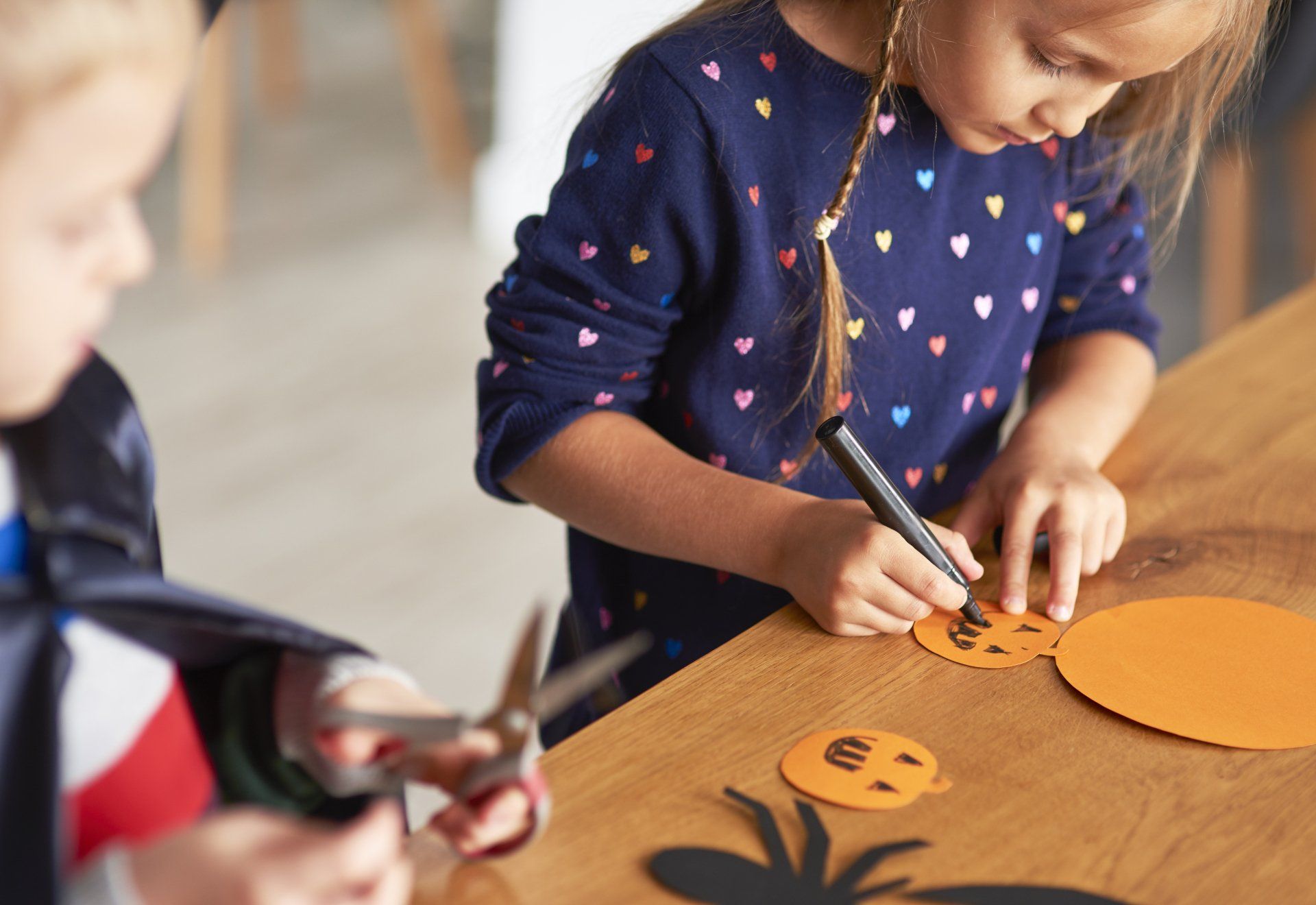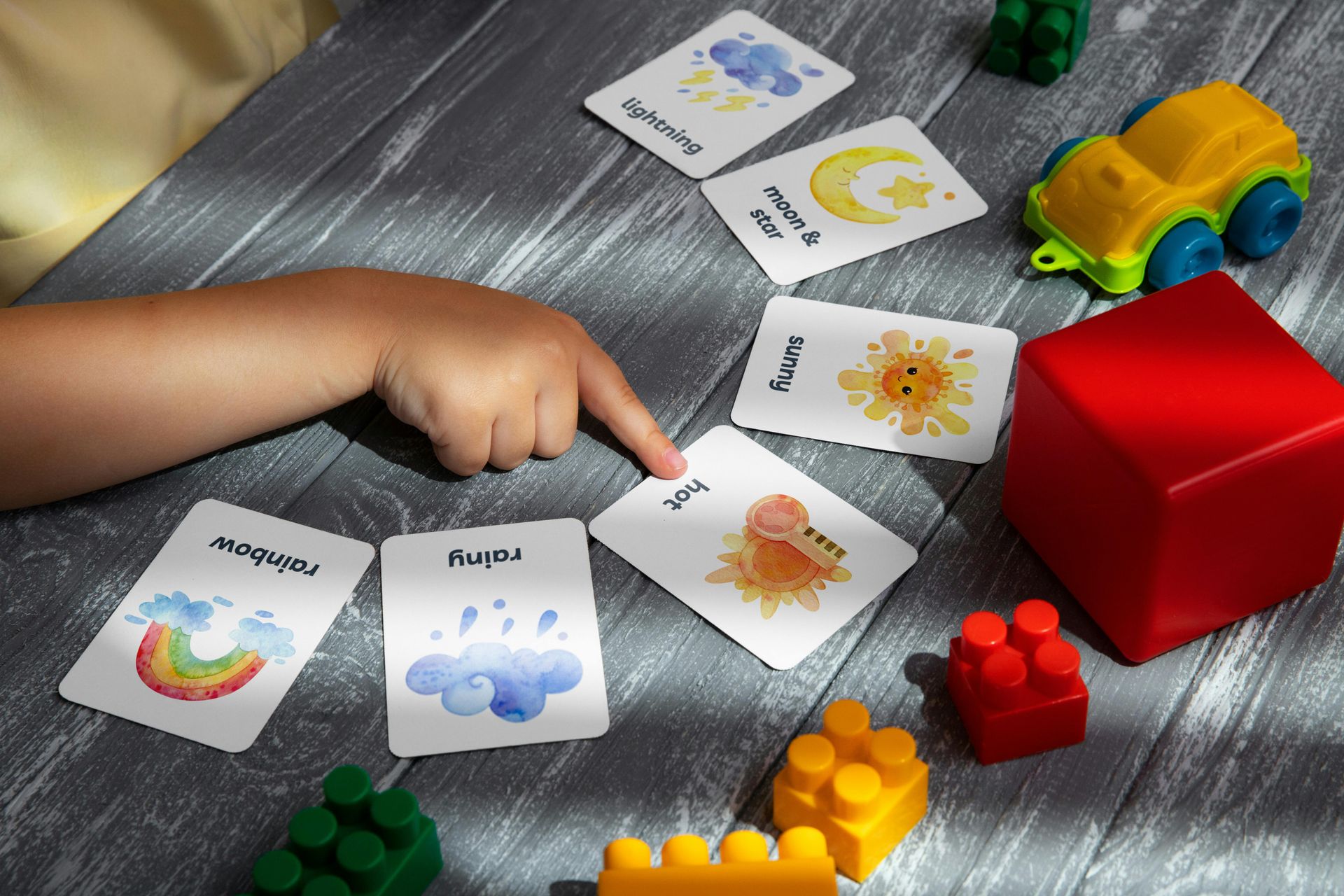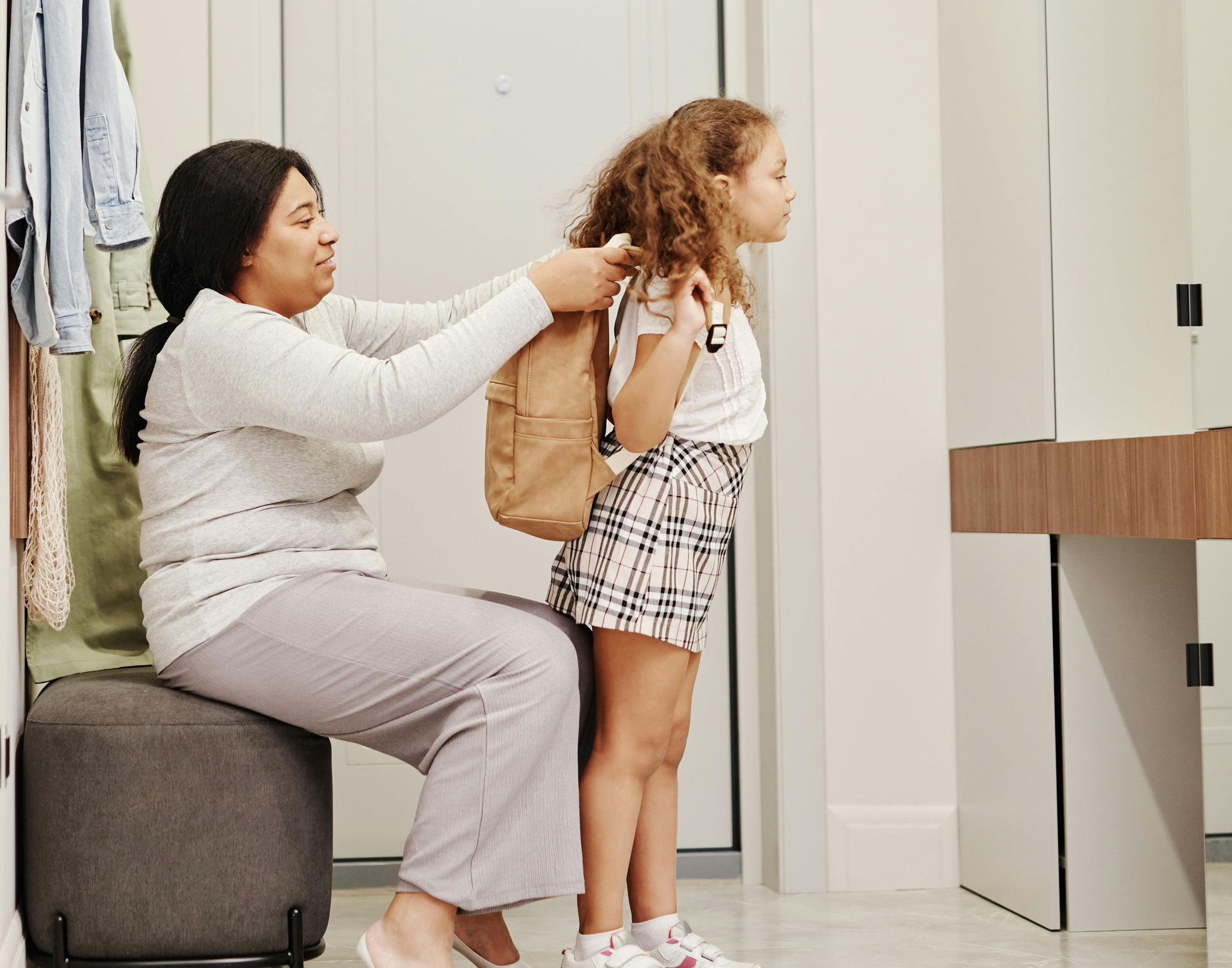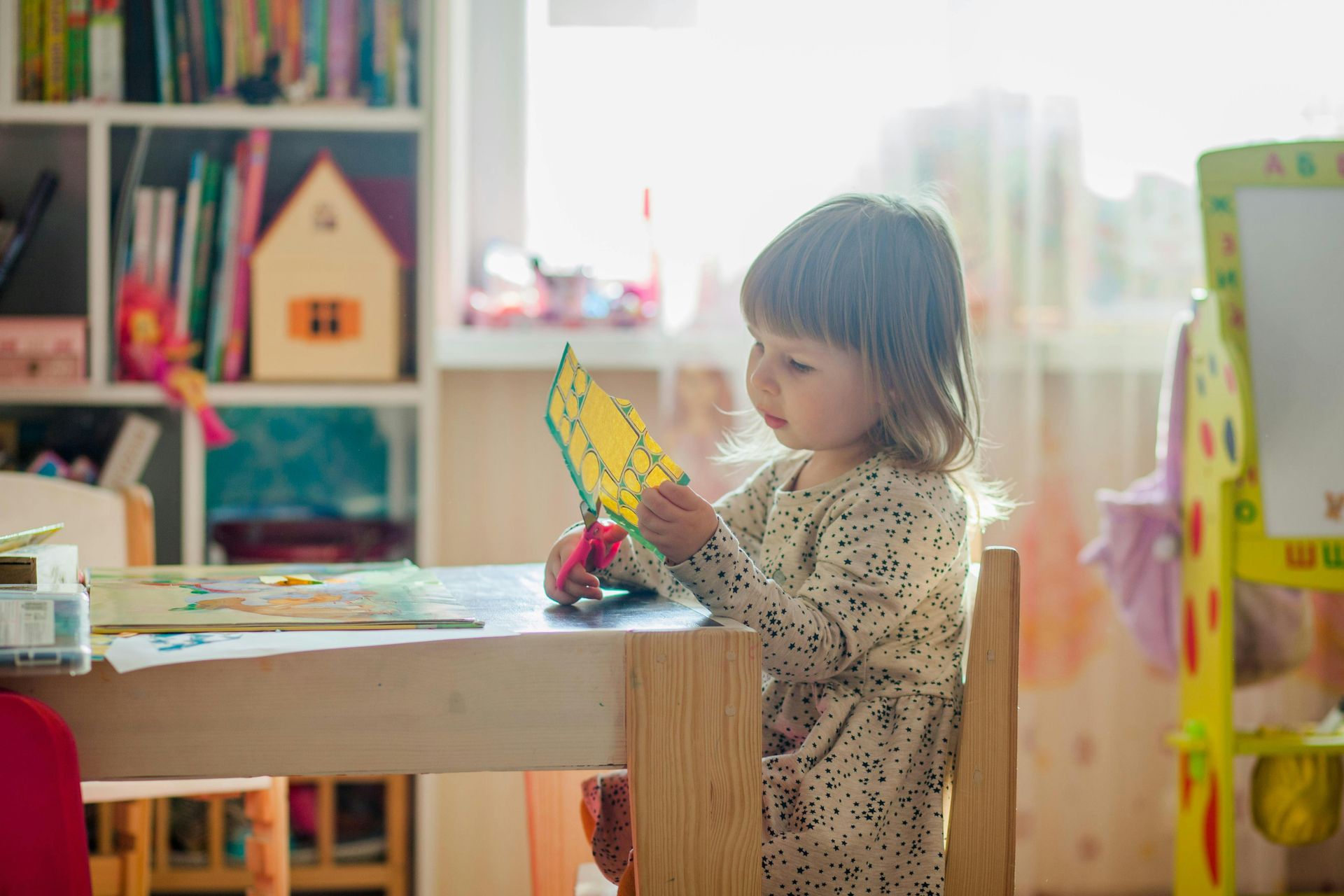Halloween Tips for Children with Autism
Positive Reinforcement • September 23, 2021

The chill in the air says it all: Fall is on its way! And with it comes all things pumpkin, outdoor fun like corn mazes, and of course Halloween! From costumes to house decorations to scary movies, there is a lot about Halloween that can be frightening. In addition, many common traditions like fall festivals and trick-or-treating can feel daunting for children with autism. However, a little planning and practice can help you and your child feel ready to face the challenges that this season may bring.
Use Social Stories
● Search for social stories on a variety of topics online
● Social stories can help explain planned activities, especially unfamiliar ones
● Talk through what sights and sounds your child can expect and discuss how to handle these new experiences
Practice “Trick-or-Treating”
● Your child can practice knocking door to door. You may begin by letting them practice at home, knocking on the doors to rooms around the house. If you both feel comfortable with this, you could then recruit the help of friends or family and do a trial run knocking on doors around the neighborhood.
● Practice saying “hi,” “trick-or-treat,” or giving a little wave as an appropriate response when the door is opened.
● Take a walk around the neighborhood at dusk or nighttime, whatever time it will be when you go trick-or-treating. Practice using a flashlight if needed, and help take away any fear your child may have about walking in the dark.
● If trick-or-treating in the dark is still scary, daytime or indoor festivals may be an option for Halloween night.
Consider Costumes for Children with Autism
● Choose costumes carefully, as children with autism might be sensitive to specific sounds or materials.
● Let your child try on their costume in advance--perhaps even more than once.
● If your child refuses the costume at first, don’t force it. Instead, make a plan and take it slow. Maybe start by putting the costume in sight for several days, and then work up to your child being able to touch it. Next, see if your child would like to try parts of the costume. Start with short time frames and work up to them being able to wear the whole costume for a longer amount of time.
● If your child remains resistant to costumes, perhaps they will go for a Halloween themed shirt or themed accessories that can go over their regular clothes.
What to do About Candy?
● Candy and other treats are extremely common during Halloween and other fall events.
● Consider if you will choose to limit the amount of candy your child may eat each day. If you choose to do so, discuss these guidelines with your child ahead of time, perhaps using a visual schedule so they know exactly what to expect.
● Restricted diet? Stock up on appropriate treats to take with you to your planned festivities.
You know your child. You know when to gently push them to try something new, and you know their limits. If you need to call it a night after trick-or-treating at 3 houses, so be it! Praise their effort! Focus on a plan that lets your child participate in the fun, but also be prepared to bow out early if necessary. Halloween and fall festivals are all about having fun and making memories together!
Positive Reinforcement offers ABA therapy in Bluemont, Middleburg, Upperville, Aldie, Chantilly, Manassas, Woodbridge, Winchester, Front Royal, Middletown, Round Hill, Leesburg, Ashburn, Charles Town, Ferguson, Science Hill, Pulaski and More!
..










